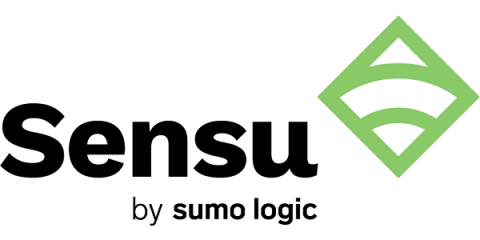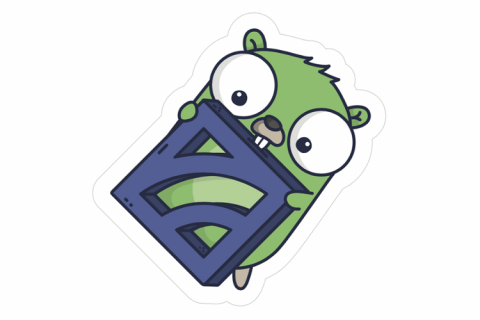Filters: valves for the Sensu monitoring event pipeline
Filters, the mechanism for allowing and denying events to be handled, have been given a refresh in Sensu Go. These new and improved JavaScript filters give you a way to express business logic through filtering, giving you more awareness of your environment, reducing alert fatigue, and improving performance. In this post, I’ll share what’s new with filters, using examples in Sensu Go. (If you haven’t already, you can download it here.)





